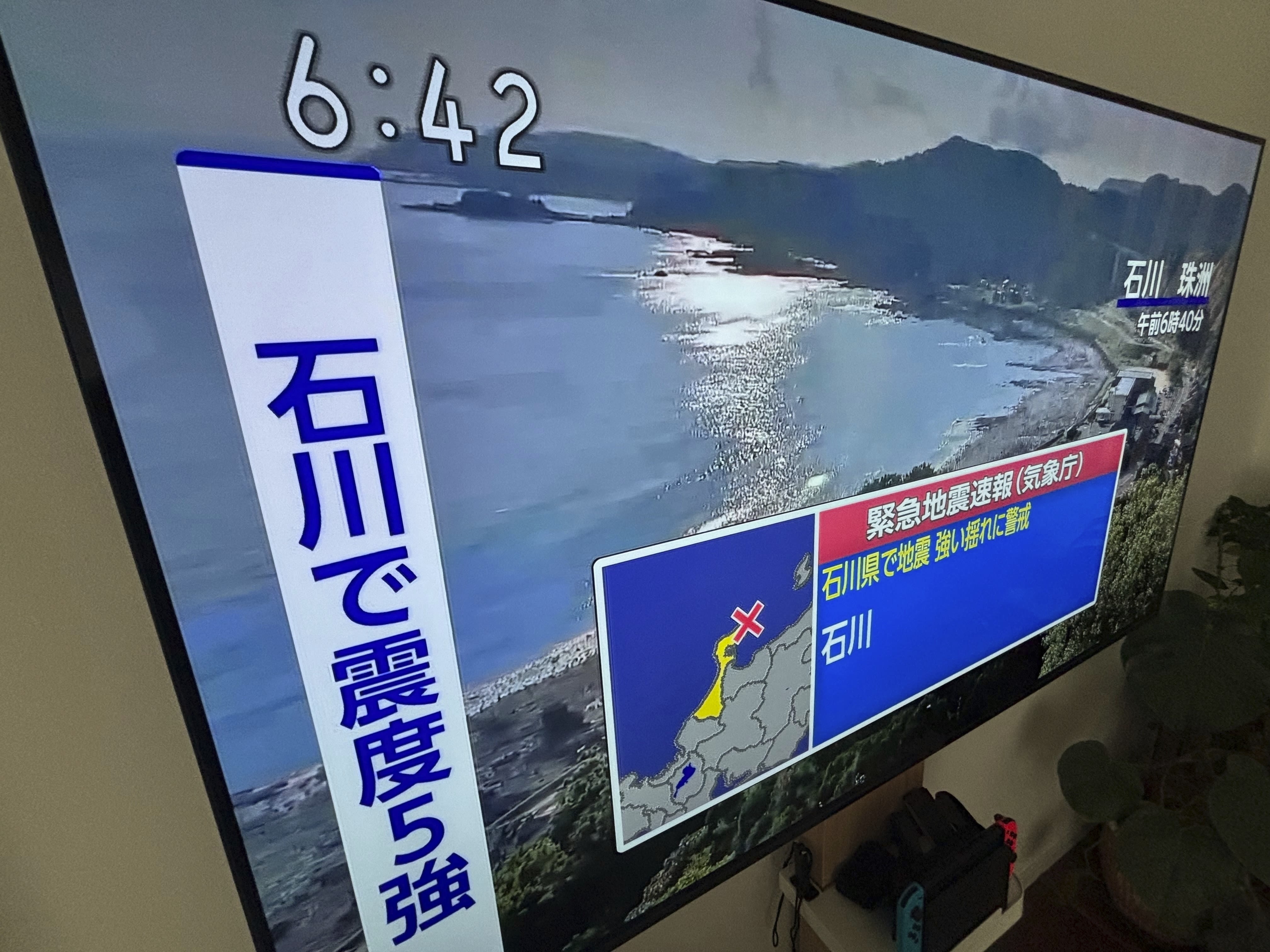Search results
People also ask
How powerful is an earthquake?
Can seismologists predict a magnitude 8 quake?
Are the Big One Quakes a real threat?
How big is a 30 second earthquake?
Aug 5, 2018 · Research indicates the fault ruptured in a magnitude 9.0 event in 1700. That’s roughly 30 times more powerful than the largest predicted San Andreas earthquake.
News about San Gabriel Valley, South Pasadena, earthquake
News about Japan, earthquakes, tsunami
Also in the news
May 28, 2015 · The latest forecast, published earlier this year by the USGS, estimates a 7 percent chance that a magnitude 8 quake will occur in California within the next 30 years.
- 3 min
- Sarah Zielinski
Jul 13, 2015 · That’s the big one. If the entire zone gives way at once, an event that seismologists call a full-margin rupture, the magnitude will be somewhere between 8.7 and 9.2. That’s the very big...
Oct 23, 2017 · Erin Wirth/University of Washington/USGS. A University of Washington research project, to be presented Oct. 24 at the Geological Society of America’s annual meeting in Seattle, simulates 50 different ways that a magnitude-9.0 earthquake on the Cascadia subduction zone could unfold.
Dec 26, 2023 · Someday, the Mojave section of this fault is expected to unleash a massive earthquake to rival any other in Los Angeles' past — dubbed the "Big One." Up to at least a 7.8 magnitude, this...
- Kiley Price
Seismologists discovered that the San Andreas Fault near Parkfield in central California consistently produces a magnitude 6.0 earthquake approximately once every 22 years. Following recorded seismic events in 1857, 1881, 1901, 1922, 1934, and 1966, scientists predicted that another earthquake should occur in Parkfield in 1993.
Sep 21, 2021 · Here's what will happen if the big one hits the West Coast. Narrator: On July 4, 2019, Ridgecrest, California, was hit with a 6.4 magnitude earthquake and then a 7.1 just one day later. But ...

